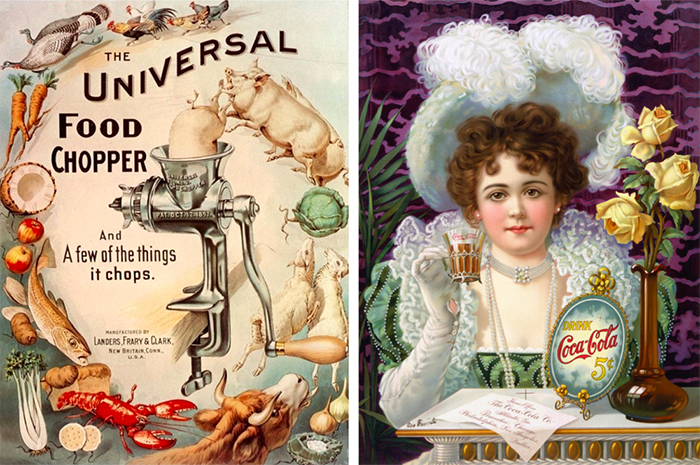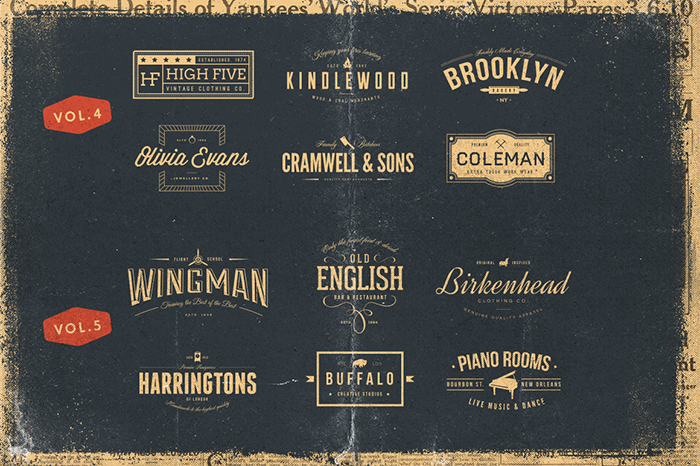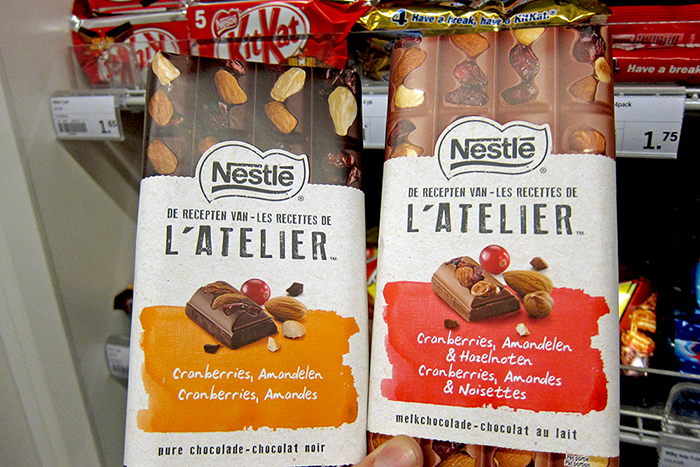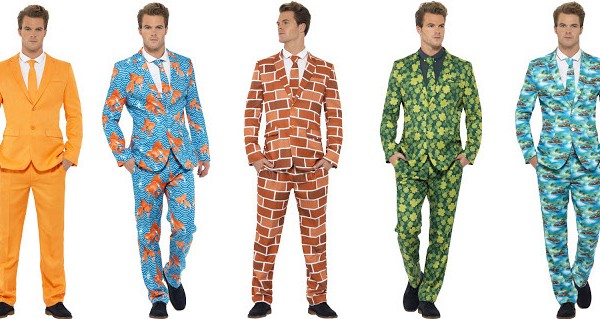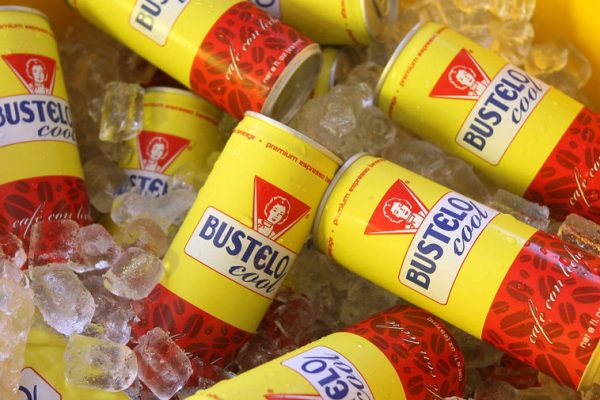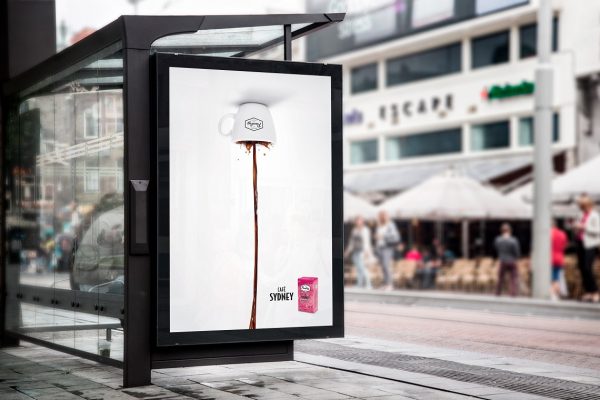How To
Craft branding 2.0: What to do now everyone’s at it
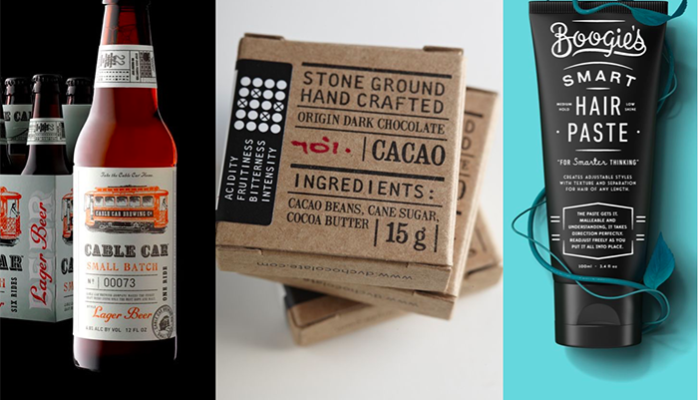 The rise and rise of small-scale craft brands is great news for consumers (who get innovative, high quality products in great-looking packaging) and design consultants like us (who have a new pool of clients, often with a stronger design focus and sensibility than major corporations).
The rise and rise of small-scale craft brands is great news for consumers (who get innovative, high quality products in great-looking packaging) and design consultants like us (who have a new pool of clients, often with a stronger design focus and sensibility than major corporations).
But there is a slight problem – cool, hand-made hipster branding that avoids all the cliches of traditional ‘big’ brands certainly stands out when it’s the only example on display. But when every Tom, Dick and Harry has a designer protein shake, gluten-free quinoa muesli or ‘saison’ beer on the shelf, they can all start to look a bit, er, alike.
This is not a new phenomenon. Looking back at the design and advertising styles of the early 20th century, when the very idea of branding was new, we see a similar issue. In those days brands symbolised their superior quality by commissioning ornate hand-made typography and illustrations, often of pale-complexioned women and children in expensive attire. This must have made a welcome change from previously boring, functional packaging and advertising. Consumerism was up and running.
Now, after a century or more of incredible advances in our understanding of consumer psychology and in the technology of communication, we may have come full circle.
According to a recent blog about emerging packaging trends from the most visited website on package design in the world, the dieline, the trend towards ‘visual authenticity’ marks a complete rejection of established corporate brand design.
The dieline’s founder Andrew Gibbs reports that: ‘Gen Z consumers demand a real, trusted, human connection to the products and the brands that they consume. This connection can be expressed in different ways, from a connection to nature, to the written word, to the past, or simply to other people. This is beyond hipster. This style is a rejection of technology; a pre-computer era style, if you will.’
The style may be pre-computer era, but the way in which it is taking over our labels and cartons is anything but. The digital age and its harbinger the internet have created the conditions for thousands of start-up brands and start-up designers to flourish, discover one another, and get their products onto people’s shopping lists.
Just as it is possible to Google pretty much anything and find a choice of suppliers around the globe able to deliver it the next day for a competitive price, so brand owners can find an unlimited source of ‘off the peg’ photography, illustration and typography for a few dollars a throw.
Of course no self-respecting design agency uses this stuff, but the fact that so much high quality, pretend-authentic, retro-cool design is available to every new cup-cake maker in the world highlights the branding problem: Why would consumers believe any of it?
The fact is that just because access to good-looking visuals has increased exponentially, there is still only room in the consumer’s brain for a handful of brands worth paying attention to.
Lovely design alone does not make that happen, so the role of the skilled brand designer is even more in demand. Brand design isn’t about how many exquisitely-crafted typefaces and illustrations you can squeeze in, it’s about how well you tell the brand story and connect with the emotional desires of people.
That being said, there is no doubt that the craft brand phenomenon is influencing every design brief being written right now. Five years ago it might have read: ‘Do me an innocent’. Today it’s more like: ‘Make my brand look more accessible, natural and human. Show that we care about the ingredients too. Did I mention ‘cool’?’
As a result we are seeing all the big brands falling over themselves to drop their photoshop fantasies of perfect products, and get out the pencils, stencils, blobby paintbrushes and rubber stamps.
But the challenge is bigger than that. Your brand isn’t innocent, or Brew Dog, or dorset cereals. It needs to be itself, and tell its own story. That story (along with the product, if necessary) will need to evolve, to embrace the connections that we know consumers are seeking.
Chances are you’ve already got many of these in the locker, but never thought they were important. So dust off that history and that natural recipe. Find and highlight the passion points of your brand story. No hipsters required, least of all at your design agency.
I’ll be showcasing examples of established brands finding their craft mojo (or not) in my ‘Shelf Life’ blog. You can sign up for updates here.
Our work for Dutch craft baker Van den Berg has just been published here.
Original article was published in Linkedin

